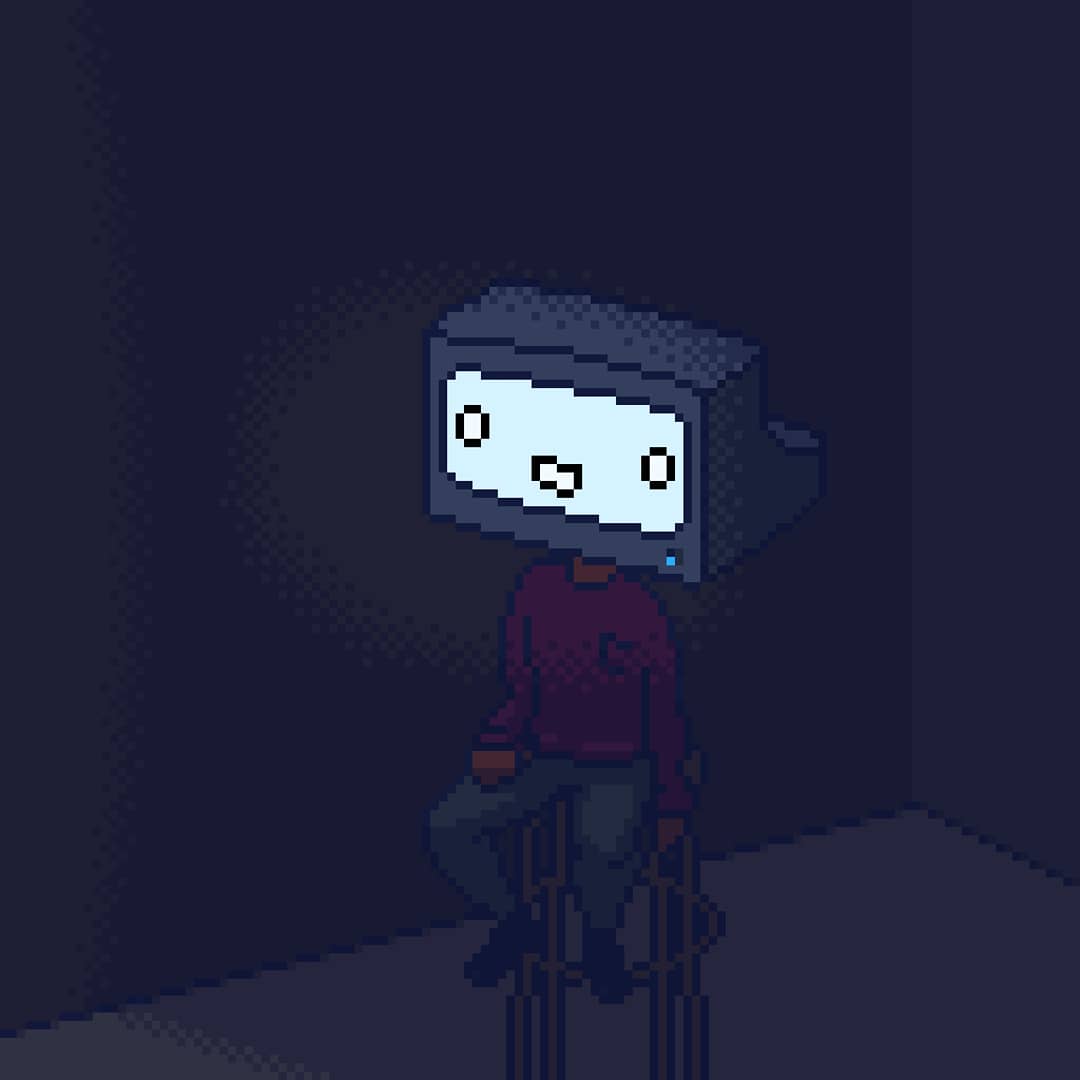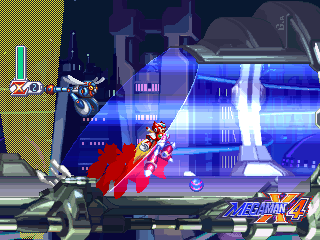Lmao, the term unaliving is censorship. Tiktok won’t let you say “kill”.
mozingo
I make games
- 0 Posts
- 55 Comments
They don’t censor because they’re offended by the words. They censor so platforms like tiktok don’t delete their posts.
The younger generations decided that being offended by swear words is fucking stupid.
I don’t know what this is saying but I agree
This makes way less sense without the original title.

 61·25 days ago
61·25 days agoSpotify has a playlist called Daily Drive that does exactly that. It creates a playlist of music you like then between songs will play news snippets from the day. It’s pretty cool about half the time.

 26·27 days ago
26·27 days agoSasan Goodarzi is a man, btw.

 6·1 month ago
6·1 month agoAnd pinball is like pachinko for people who suck at pachinko.

 1·1 month ago
1·1 month agoWoah, what a weird coincidence, I also have one of those Metal Army pachinko machines, found it at a flea market around here.
And yes, now that I have more than one pachinko machine my house is probably the loudest in the city.

 444·1 month ago
444·1 month agoOkay, but I’d really like to not freeze to death this winter. I can’t afford to move right now.
Yea same issue on my end. Seems the balatro dev didn’t set up the shop properly.

 2·2 months ago
2·2 months agoI thought most drives were still TLC and QLC is still pretty new, right?
But yes, QLC has more like 1000 write cycles, but either way, like 5-10%ish of TLC/QLC drives are SLC cache, meaning you’d get fast write speeds and 100,000 cycles on that part of the drive, but yes they wouldnt last as long as a pure SLC. From what I understand though, a lot of these drives will copy under used files from the SLC cache to the QLC cache since read speeds are basically the same, in order to optimize the percentage of actively used files in the SLC cache.

 4·2 months ago
4·2 months agoSo to answer your last question, yes. Video editing is probably one of the most demanding things you can do with a drive, and will shorten the lifespan of the device. But this is true for literally any kind of drive, and any operation you do with a drive. Hard drives may not have a write cycle limitation like ssds, but they have moving parts that wear with use. So theres not really anything you can do to avoid the issue. To video edit period, you’re going to put wear on your drive.
Also to give some context, average SSDs have about 100,000 write cycles per cell, before write failure can have a chance of happening. Since it distributes it out across the cells, you could write 1GB to a 1TB SSD about 100 million times. This isn’t a small number really, it’ll take a while to do that. I’ve been editing here and there on my ssd for 5+ years on top of full time video game development and it still works fine, with no signs of stopping. I read some guy online who edited video nearly every day for three years, and the ssd software still said he had about 10% of the ssd life remaining before write failures. So depending in your work flow your drive could last 4 to 10+ years.
The only real differences here are cost and speed. Do you want to wait around for a slow hdd while you’re editing, or do you want to edit quickly and enjoy the process? I personally would always edit on an SSD because you’re not solving the problem by using something else. Like yea, maybe a hard drive would last twice as long as an ssd, but it’s also twice as slow, so you’re just stretching those, say, 5 years of man-hours into 10. You’re not actually getting more work done on that drive.

 16·2 months ago
16·2 months agoYea, that’s specifically not transparency. Megaman X 4 had actual transparencies, which you can see here with the glass tube, next to a spotlight using the dithering method.


 125·2 months ago
125·2 months agoLmao the down votes on this are really funny to me

 101·2 months ago
101·2 months agoI assumed they were pointing out how small business tax breaks can be taken advantage of by those wealthy types pretending to be people like your wife. On the other hand, benefits to workers, renters and first time home-owners can’t be exploited as simply and would benefit your wife just the same. But if I’m wrong then, yea, I agree with you 100%.

 9·2 months ago
9·2 months agoIt is? Like I’m honestly interested as an etymology nerd, but I can’t seem to find anything that directly ties this to antisemitism other than a vague “idk it might be.”
What I see is some people claiming it comes from either a historical sense of “shy” meaning disreputable, or the German word Scheißer, meaning shitter.

 7·3 months ago
7·3 months agoHmmm, there’s one part of the recording that’s edited out right after Louis asks “Did you have more capability to fly it because of your lizard reflexes?” He says “I’ve got a thought for you…” But what does he say next? Why did they cut it??

 3·3 months ago
3·3 months agoSorry, that’s almost it but they don’t emulate hundreds or thousands of frames, you’re right in thinking that would be implausible. Basically what happens is retroarch makes a savestate every frame and keeps a running list of the last few. When you press a button, retroarch will load one of those states from a few frames ago, press the same button then, then disable video and re-emulate those “rewound” few frames in fast forward. Then once it’s caught up to the present it re-enable video rendering. The end result is that you see the effect of your input happening the frame after you press it, instead of the normal input delay of 2 or more frames. It’s pretty neat. But yea, this means that they’re only emulating an extra 3-5 frames or so not hundreds, and they only have to do it when you press a button, not all the time.




I’ve put my ira into FNILX. Zero fees and consistently beats 10%